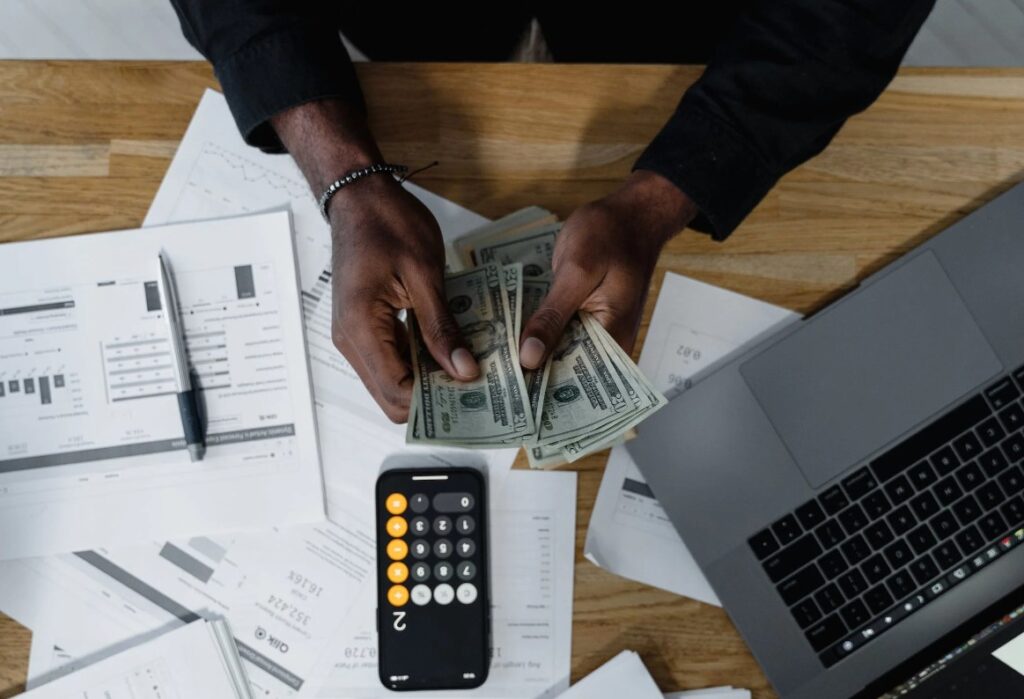When investing money, the impact compounding interest can make a significant difference in the overall earnings, but investors may not always understand what it means or how it works. The power of compounding allows the earnings to grow on an accelerating basis.
In a compound interest scenario, when the invested money earns interest, that interest then starts earning interest just like the initial investment. Commonly, the interest is compounded monthly, quarterly, annually, or even daily. The higher the interest rate and the more frequently that interest is compounded, the faster the money will grow.
When an investor deposits money in an interest-bearing account, this deposit is referred to as the principal or initial investment amount. After a certain time, such as monthly, interest is added to the principal. Now the interest is also earning interest, which is called compound interest. Assuming the interest rate remains consistent, each month the account will earn more and more interest.
A quick illustration can help clarify the example. If an investor deposits $1,000 (principal) and earns 5% interest compounded annually, at the end of the year the account balance is $1,050 (gain of $50). For year 2, the interest is now being calculated on the full $1,050 instead of the original principal. At the end of the year, the account balance is now $1,052.50 (gain of $52.50). This process continues with the assets growing faster each year. If the interest rate remains unchanged and no money is added or withdrawn, at the end of 30 years, the account balance will be more than $4,320 (gain of $3,320).

As a comparison, if an investor withdrew the interest each year and did not allow it to compound, the account balance would still be $1,000. Each year, the account would have earned the same $50 for an overall gain or $1,500 total compared to the $3,320 in the compounding example. This calculation is known as “simple interest” as opposed to compound interest.
For another comparison, if the account had compounded monthly, the ending balance would be $4,468. With daily compounding, the balance would be $4,481. The more frequently the interest is compounded, the sooner the interest starts earning new interest.
On of the most important factors to maximize the impact of compound interest is to keep the money invested. If money is withdrawn, it reduces the amount of principal and interest that are working to grow the account. Time is also key to the magic of compounding. In the initial example of annual compounding, if the account is closed after one year, it didn’t compound. After two or three years, the effect was minimal. However, by allowing the account to remain invested and compounding, the interest continued to accelerate.
For more information, please see our site at The Openwork Partnership Savings & Investments



























































